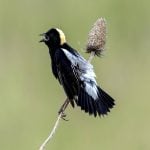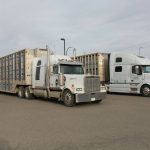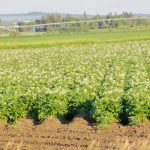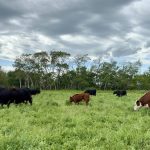Many beekeepers in Western Canada will likely produce a below average honey crop this year, thanks to a cool spring and a dry summer.
Alberta Agriculture apiculturist Medhat Nasr said beekeepers in his province usually average 140 pounds of honey per hive, but many won’t reach that this year.
“We … likely are going to do 10 to 20 percent below the long-term average,” Nasr said.
“So we are looking at 120 to 130 lb.”
The late start to spring, combined with cool, wet conditions in May and June, hampered vegetation growth and colony development because bees couldn’t harvest enough pollen and nectar.
Read Also
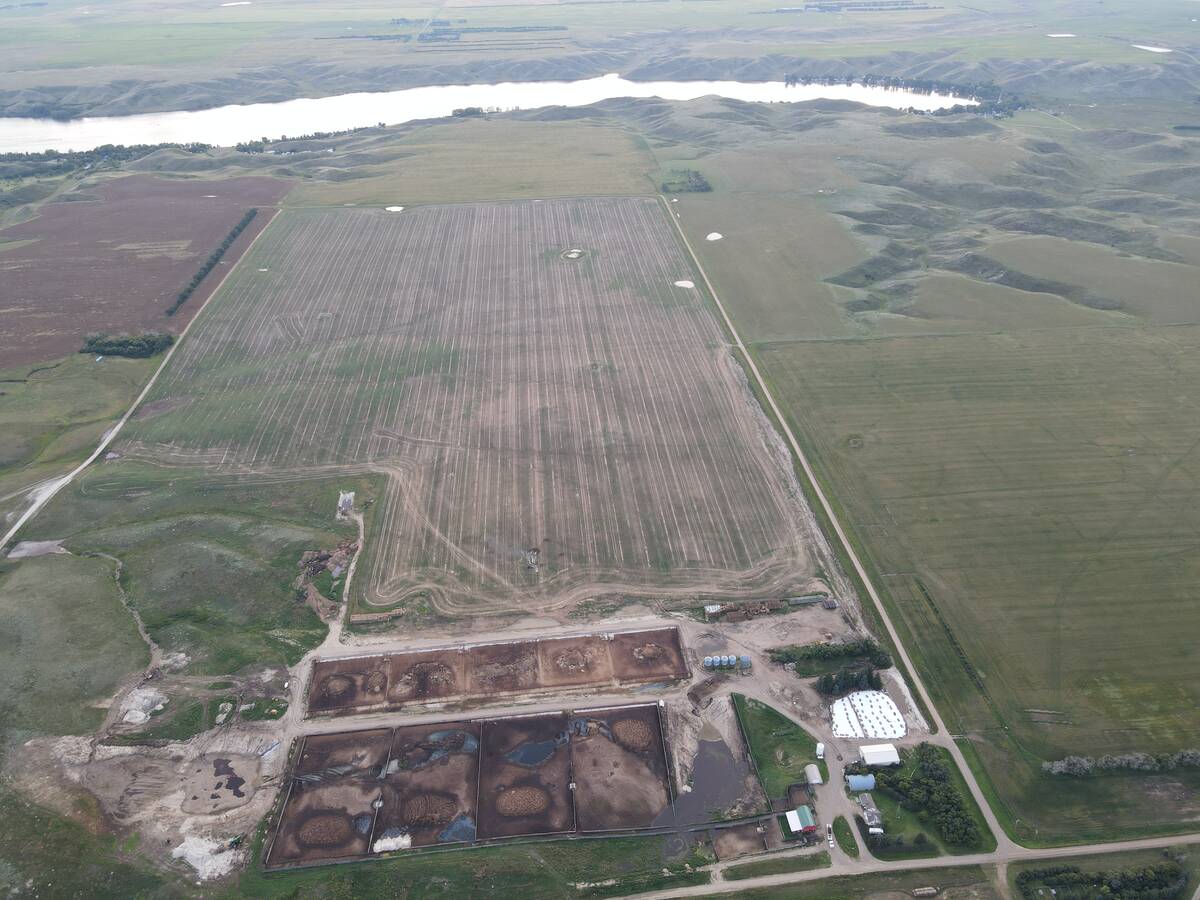
Saskatchewan RM declines feedlot application, cites bylaws
Already facing some community pushback, a proposed 2,000-head cattle feedlot south of Swift Current, Sask., has been rejected for a municipal permit, partly over zoning concerns about the minimum distance from a residence.
Nasr said the cool spring shifted to hot and dry in summer, curtailing the length of the canola bloom and the foraging period for bees.
“We had 10 to 15 days of temperature of 30 C. That really speeded up the canola crop,” he said.
“So the season was quite short.”
Grant Hicks, a beekeeper from McLennan, Alta., in the Peace River region, said his honey crop will be down from previous years.
“We had a beautiful run of 30 degree weather, but we didn’t get enough moisture to handle 30 degrees.”
Saskatchewan apiculture specialist Geoff Wilson said the situation is similar in his province.
Beekeepers weren’t able to build up colony size in spring, which limited honey production in summer.
“The bees had a tough time.… The cold weather really held them back,” he said.
“They were a month late starting to increase in size (colony population).”
Wilson said the number of bees per colony is a critical factor for honey production because beekeepers need high populations in hives to take advantage of the canola bloom.
“Big (honey) crops are from big hives. There are more workers to go out, get stuff and come back,” he said.
“It’s all about the number of bees in the hive.”
Wilson said many beekeepers in Saskatchewan still have honey in their hives, so production estimates won’t be available until mid-September.
Assuming honey production is below average in Alberta and Saskatchewan, Canada’s overall crop will likely be down because those two provinces, along with Manitoba, produce 80 percent of the nation’s honey.
On average, Canada produces 75 million lb. of honey per year.









